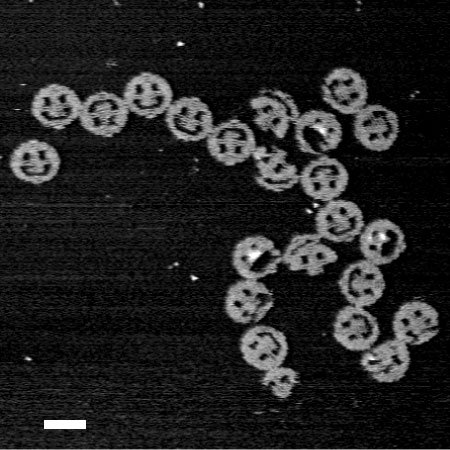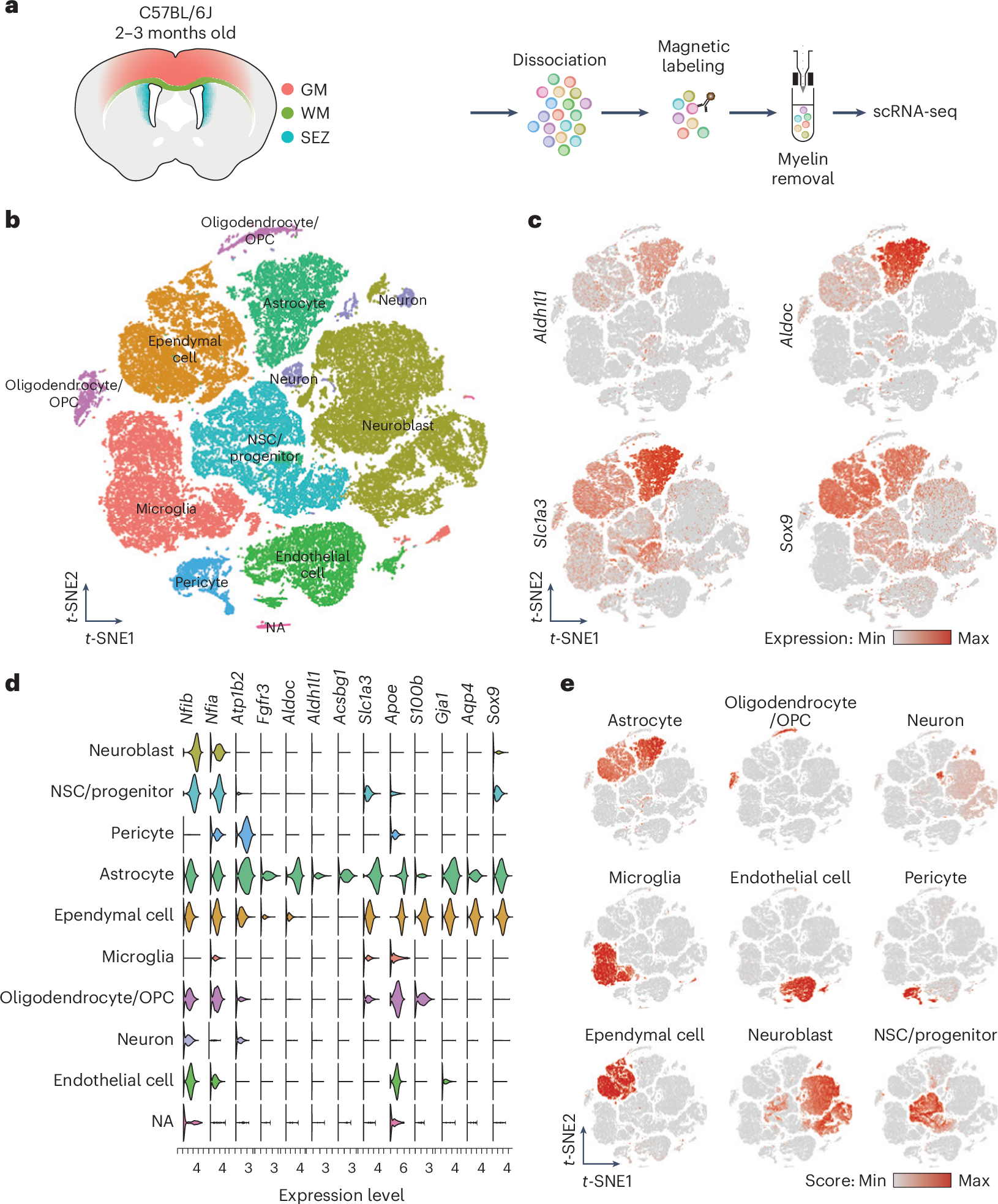2025-02-24 カリフォルニア大学アーバイン校(UCI)
<関連情報>
- https://news.uci.edu/2025/02/24/uc-irvine-scientists-invent-new-drug-candidates-to-treat-antibiotic-resistant-bacteria/
- https://pubs.acs.org/doi/10.1021/jacs.4c17175
バンコマイシン-テイキソバクチン複合体 Vancomycin–Teixobactin Conjugates
Maria Sophia Teresa Lee Padilla,James S. Nowick
Journal of the American Chemical Society Published February 14, 2025
DOI:https://doi.org/10.1021/jacs.4c17175
Abstract

Vancomycin continues to be a widely used antibiotic of last resort in treating drug-resistant pathogens despite the emergence of vancomycin-resistant strains such as vancomycin-resistant Enterococci (VRE). This communication reports that conjugation of vancomycin to a second antibiotic that targets a different region of lipid II enhances and rescues its antibiotic activity. Conjugation of vancomycin to a minimal teixobactin pharmacophore in which residues 1–6 are replaced with an aromatic amide results in substantial enhancement in activity over the individual components or mixtures thereof. Three conjugates with minimum inhibitory concentrations (MICs) of 0.5 μg/mL against methicillin-resistant Staphylococcus aureus (MRSA) and 0.063–0.125 μg/mL against methicillin-susceptible Staphylococcus aureus (MSSA) were identified. Each of these conjugates is also active against VRE, even though the individual components are inactive, with the most active conjugate (Cbp-Lys10-teixo7–11-vanco) having an MIC of 2–4 μg/mL. These findings demonstrate that conjugation of vancomycin to a minimal teixobactin pharmacophore is an effective strategy for enhancing the activity of vancomycin against important Gram-positive pathogens.


